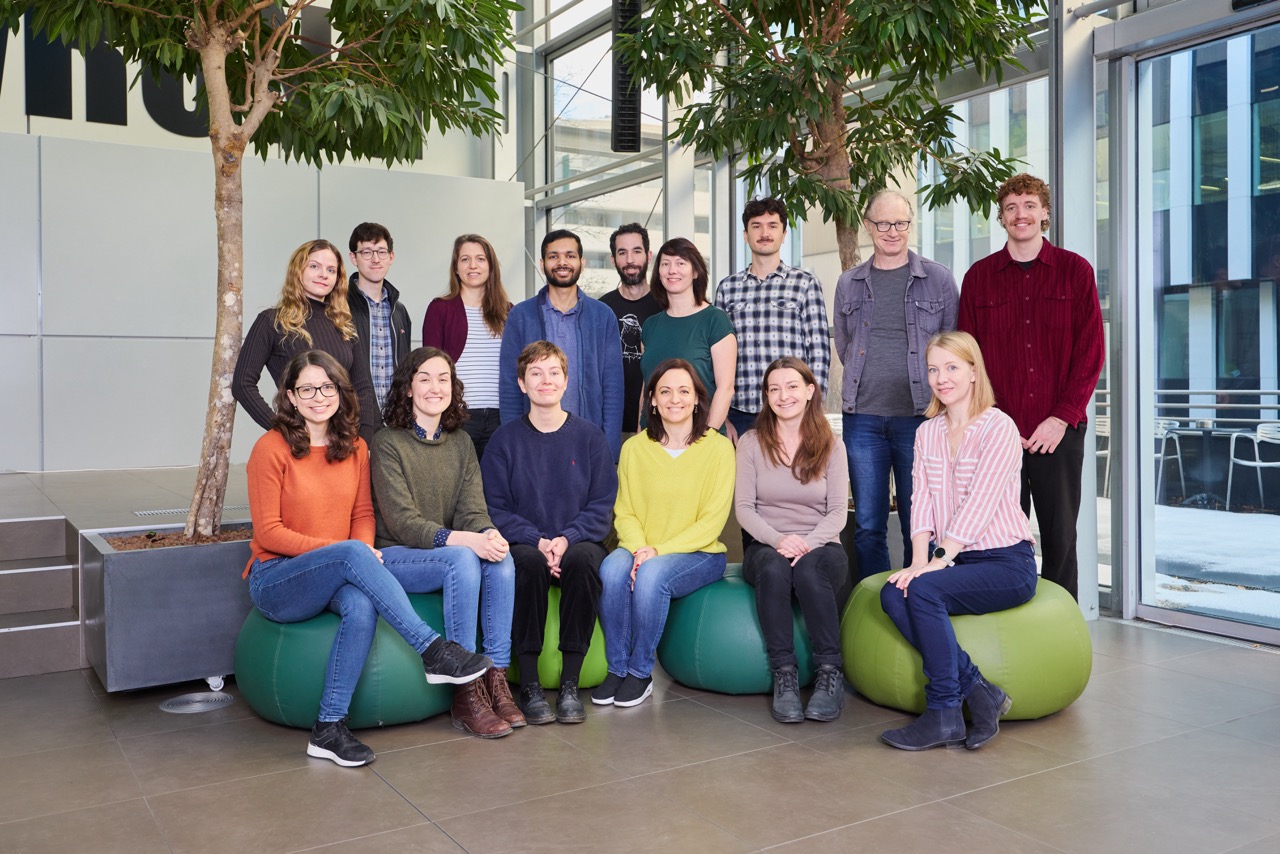To begin sprouting, plant spores divide asymmetrically to give rise to the different plant structures. But how do they set up…
Liam Dolan
Development and Evolution of Land Plants

Research focus
Our laboratory uses genetics to discover how plants and their cells develop and evolve. The main focus has been the identification of mechanisms that control the development and differentiation of specialised plant cell types. Using this information, we formulate testable hypotheses for how these mechanisms evolved during Earth history. Our current activity falls into three overlapping research areas:
Evolution of development: We use a combination of genetics and palaeontology to identify patterns in plant evolution and defining the molecular mechanisms that controlled the formation of land plant bodies soon after the colonisation of the land sometime around 500 million years ago. This research has identified the molecular mechanism that controlled the formation of the rooting structures that evolved among the first land plants that existed in the Ordovician Period.
De-novo polarity formation: We use a combination of genetics and imaging to define the mechanisms by which cells polarise from a non-polar state during the course of development. This programme focusses on the transformation of the apolar spore to a polarised cell which then undergoes a series of polarity-directed developmental decisions to form a mature plant.
Innovation: Our research to understand the evolution of developmental mechanisms of plant cells requires the development of new technologies. These technologies can be applied to other challenges in biology, medicine and agriculture. We bundled a set of enabling technologies into a spin-out company which develops crop protection products for agriculture. We continue to make use of our new knowledge to develop technologies that reduce the environmental impact of food production and improve human health.




